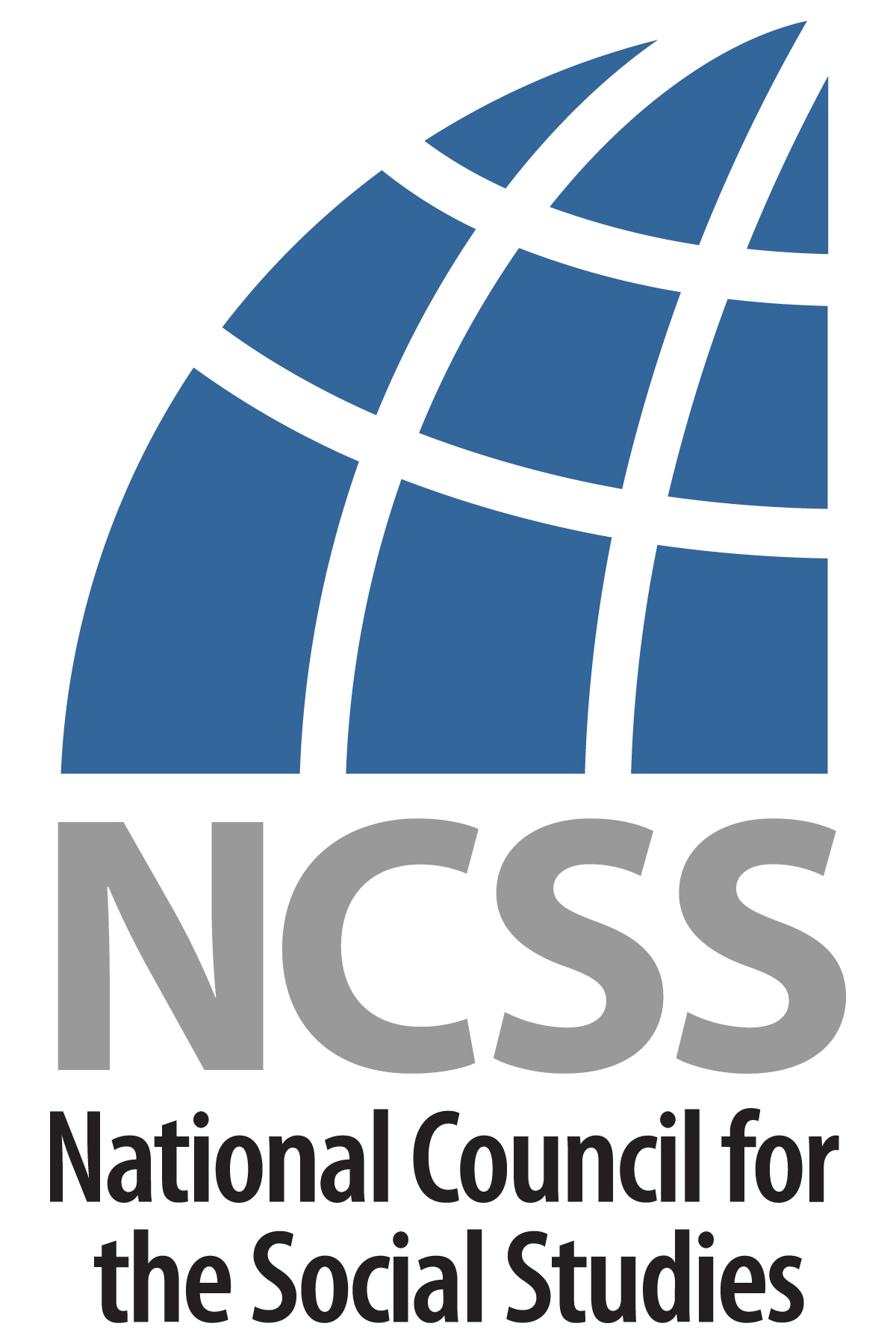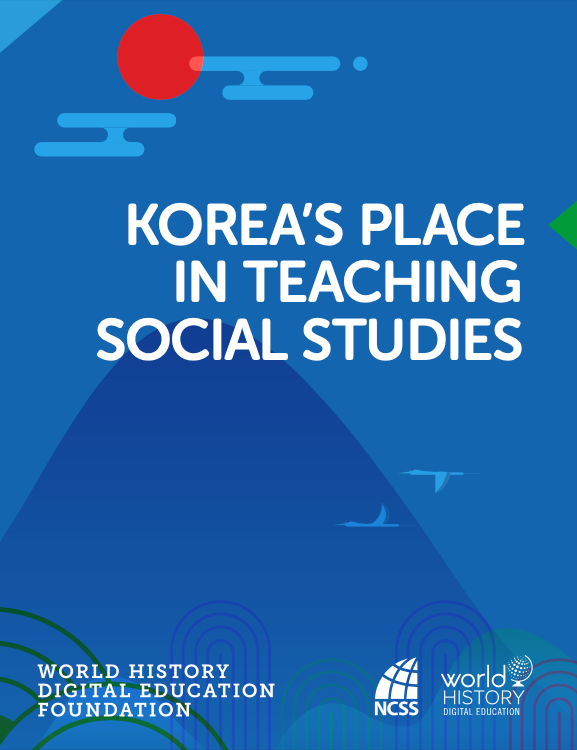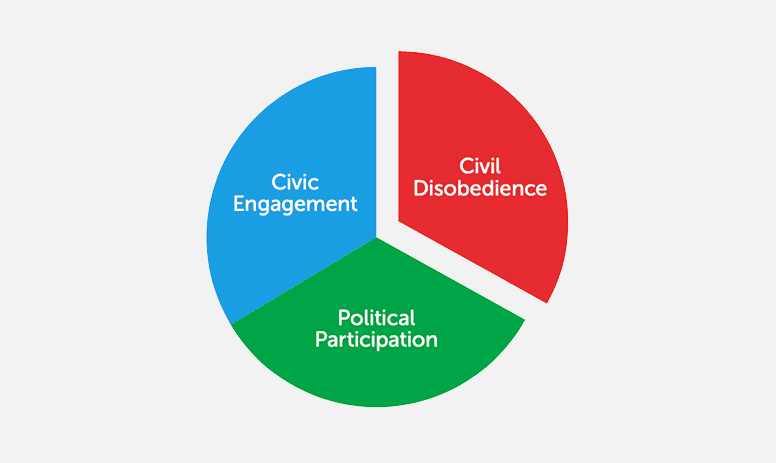Korea’s Place in Teaching Social Studies is our sixth book in this series. It marks a slight departure from our previous single-discipline books with its wide range of topics in the disciplines of history, geography, economics and civics, which can be taught to meet curriculum standards throughout the United States. Our target in this book is to meet social studies standards that are typical throughout the United States in the four disciplines that states regard as the core social studies disciplines: history, geography, economics, and civics. This book will maintain the momentum created by our earlier publications for AP curricula and development programs for professional teachers.
In partnership with the National Council for Social Studies (NCSS), the World History Digital Education Foundation offers below a set of free resources for social studies teachers to incorporate lessons on the history, geography, economy, and civic society of the Republic of Korea. The Learning Module is composed of 4 modules:
- Module 1: History
- Module 2: Geography
- Module 3: Economics
- Module 4: Civics






